Event Trends for 202003.02.20
Millennials love events because they value experiences.
It’s the start of a new year, not to mention a new decade, and as such, your company should be looking at what the next trends will be that will help to drive brand awareness and engage your event attendees.
First off, event marketing itself is growing as a trend and should definitely be a big part of a brand’s promotional strategy. In a recent event marketing survey, 52% of respondents said that event marketing drove more business value than other marketing channels. A 5-10% growth in the demand for events has also been predicted in the coming year.
Millennials love events because they value experiences. Although technology has pervaded our lifestyles, we simultaneously long to spend less time in front of screens and instead connect with people on a face-to-face level and make tangible memories.
Here is a breakdown of some of the key event trends to pay attention to in 2020:
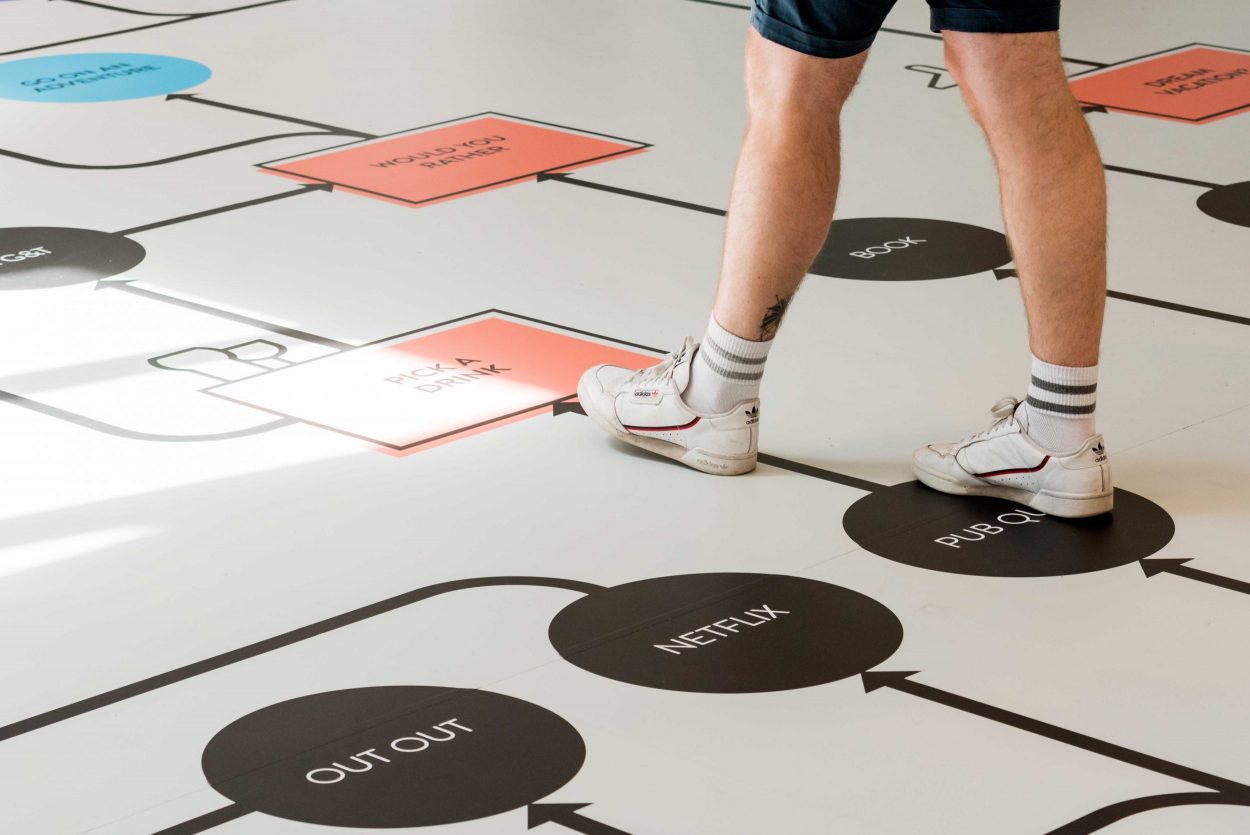
SMALLER, MORE INTIMATE EVENTS
As mentioned, event attendees want more face-to-face time, more personal connections. They want to be able to actually speak to the people behind the brand, and not get lost in a sea of people. There’s nothing worse than an overcrowded venue where guests feel less special, are fighting for canapes and are unable to find a brand ambassador to chat with.
This doesn’t mean that you have to minimise your reach. You could stagger guest entry in allocated time slots, or give out selected passes but then share the event content online for wider audiences. You could also create a sense of intimacy at large-scale events with small activities and hubs where people can escape the crowd.
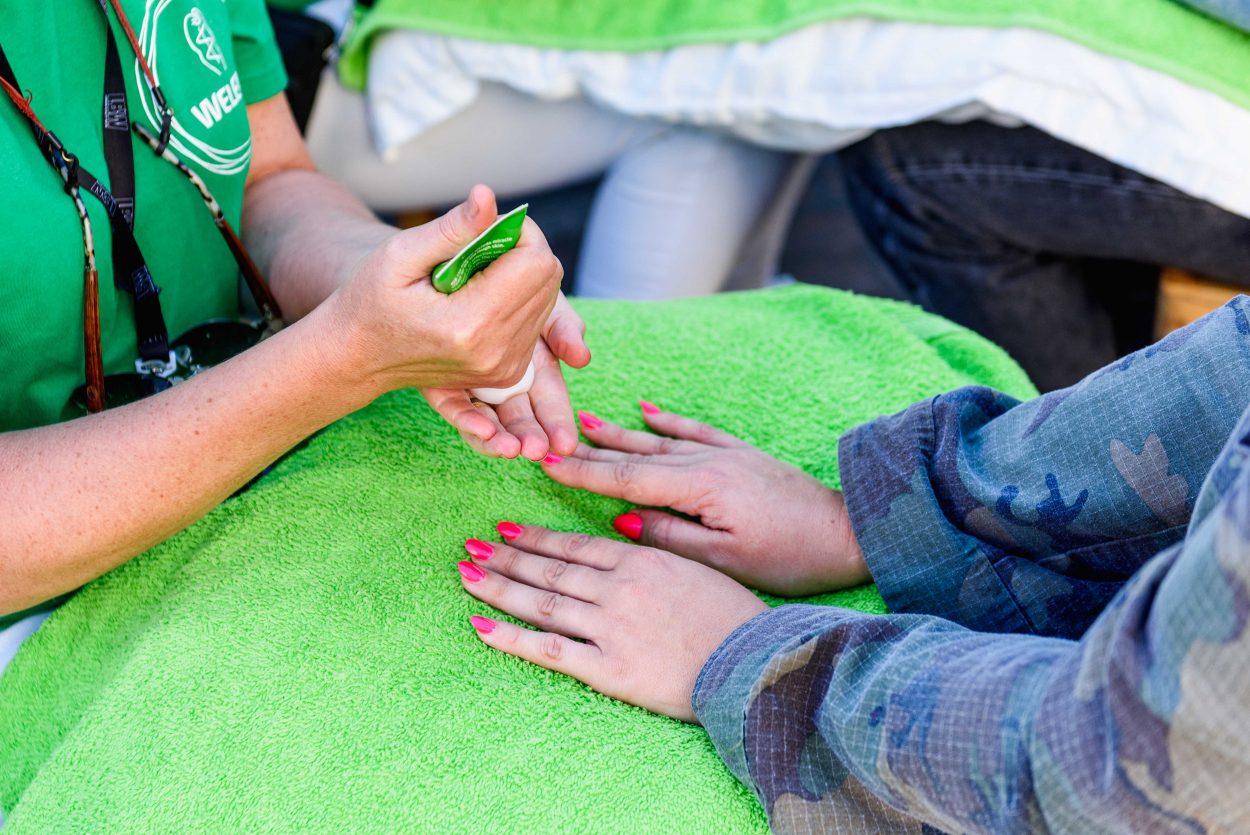
MINDFULNESS AND WELLNESS
Our society is becoming increasingly conscious of the need to look after our personal and collective wellbeing. More and more people are trying to find ways to get rid of the ‘hustle and grind’ that can take a toll and damage your mental health. Events are expected to be a tool to aid wellness; they’re a means for people to explore outside of the office and to have their curiosity sparked with something new and enjoyable.
Over the coming year, expect to see more events incorporating mindfulness and wellness activities into their schedule, whatever the industry. This may include meditation and yoga workshops, break-out sessions designed to inspire creativity, ‘unplugged’ tech-free zones, outdoor activities, massage / beauty / pampering stations and other content designed to help guests unwind.
SENSE AND SUSTAINABILITY
Greta Thunberg has been leading the charge on environmental and sustainability issues lately with such strength that it’s no longer something that the public will ignore. Event planners and producers should ensure that themselves, their partners, suppliers and attendees are able to step up sustainability practices and collectively reduce waste or harmful products as much as possible.
When producing an event, try to reuse as many materials as you can, such as tote bags, lanyards, exhibitor props and general giveaways. Use local vendors and business owners from the community to provide materials, food and beverages for the event as well. Look for venues that are committed to clean energy or limited energy waste, in addition to a ‘zero waste’ policy whereby composting is offered for uneaten food. You could also use ‘zero-waste’ florals in the design, such as Twilight Trees’ artificial lighting and flora.
Event attendees should have access to bottle-filling stations, reusable and recycled cups and recycling bins. Avoid getting guests to print tickets for events and instead utilise a guestlist or digital method of checking-in such as scanning a QR code. Once the event has passed, work with local charities for leftover or reusable items. Organise donations with food banks or shelters and speak to charitable organisations about any items that may be of interest to them.
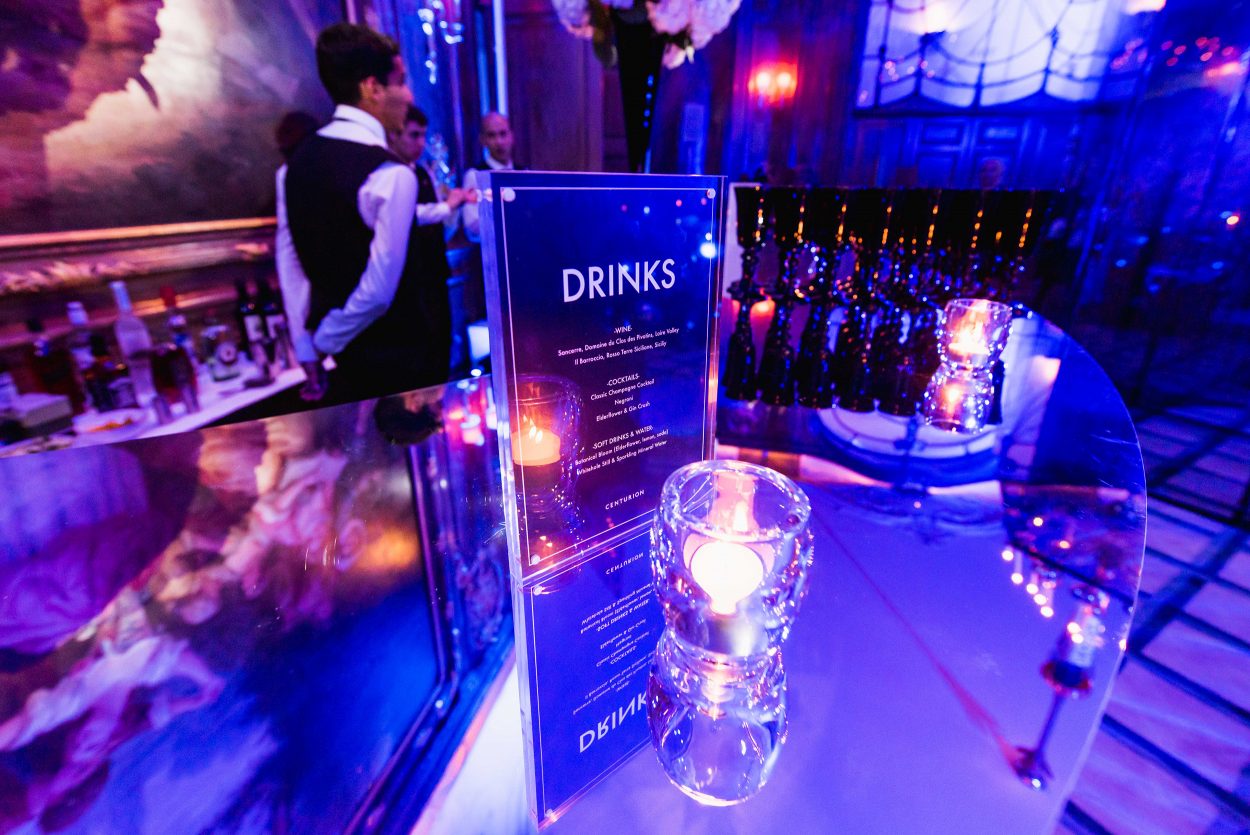
CONSCIOUS CATERING
There are two ways in which an event organiser needs to pay attention to detail with the catering of an event, firstly in making sure that it meets all of the guests’ dietary requirements and secondly in the actual design and aesthetic of the food.
Britain’s vegan population has grown rapidly over the last decade, and so no event can be excused from not having suitable vegan options, as well as a selection of gluten-free, nut-free and dairy-free items. One catering trend is to have deconstructed food available, whereby guests are presented with a range of ingredients — say avocado, salmon and bread — and are left to create their own meal ensemble. Of course, this only works for certain types of small events or conferences, your guests will still expect a fully constructed meal in an award show!
On the second point, it shows attention to detail if your catering matches the look and feel of your overall event styling. Try to incorporate the same colours, textures and shapes as your event elements when deciding a menu. An American Express party produced by Timebased featured nori squid ink tortellinis and food presented on mirrored and black slate trays, to match the aesthetic of the event.
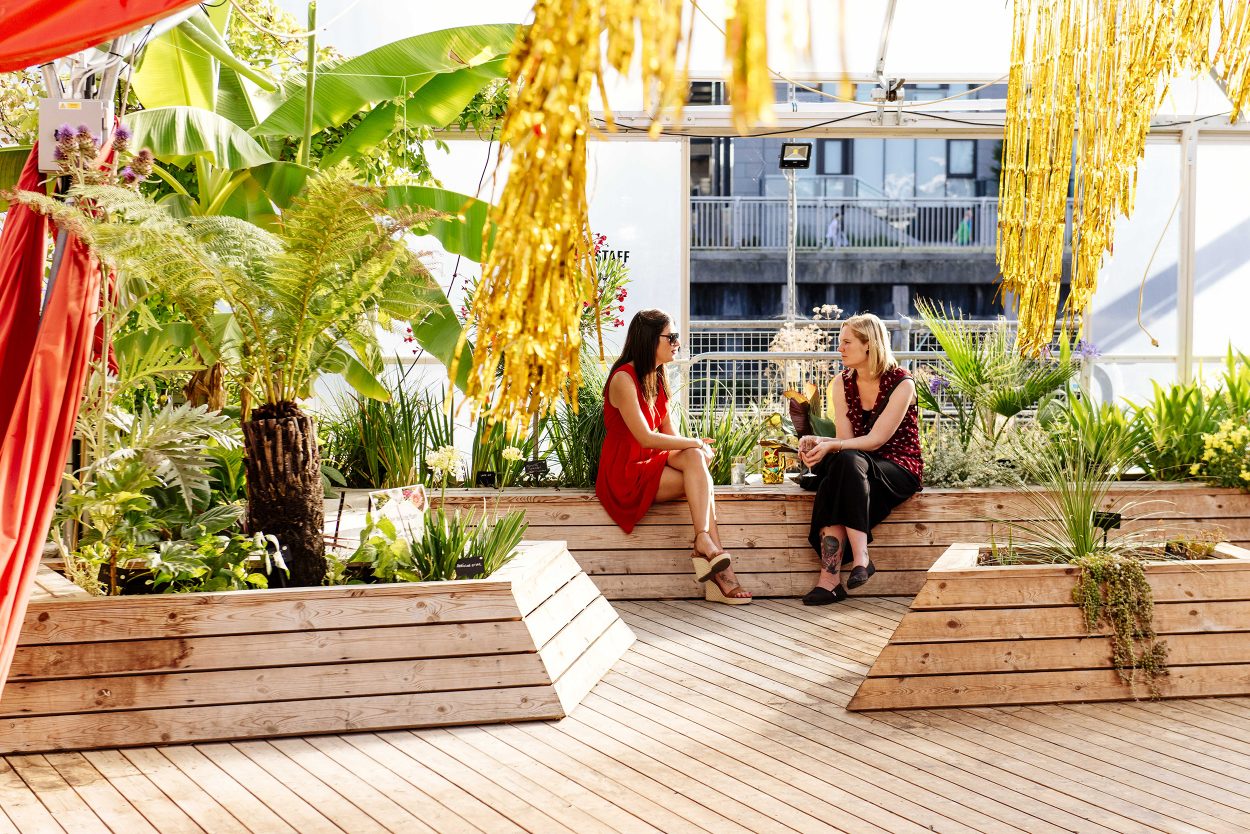
NETWORKING AND COLLABORATION SPACES
Networking is a big motivator for attendees, after the actual event content. Planners should create ample private one-to-one meeting spaces and areas for spontaneous interactions. Try to think creatively when developing these areas, with fun seating arrangements like swings, beanbags, or enclosed domes and props for play such as table tennis or arcade games. Sometimes less seating can also encourage guests to mingle more.
You can make cavernous event spaces more networking friendly through styling details that will bring more ambience to the room — candles or low lighting, background music and fabric draping or balloon canopies are good tricks for this. All of these elements will help to bring guests together through shared experiences and increase their enjoyment of the event.
spatial designers will increasingly opt for a bold, minimalistic look
MINIMALISM FOR MAXIMUM APPEAL
As a generation of people who value experiences over possessions, we’re moving away from gaudy ballrooms, over-cluttering and unnecessary distractions. Less is so much more. Large, minimalist spaces with easily accessible bars are now in trend and are also the perfect recipe for a variety of networking events.
Moving into 2020, event planners and spatial designers will increasingly opt for a bold, minimalistic look, which offers a chance to cut costs while boosting sophistication and raising focus on the event content.
Search for venues with sprawling open space and industrial features (exposed HVAC, muted colours, white-washed brick) as blank slates for minimalist design. Let the architecture speak for itself and it will keep the space feeling fresh and open.

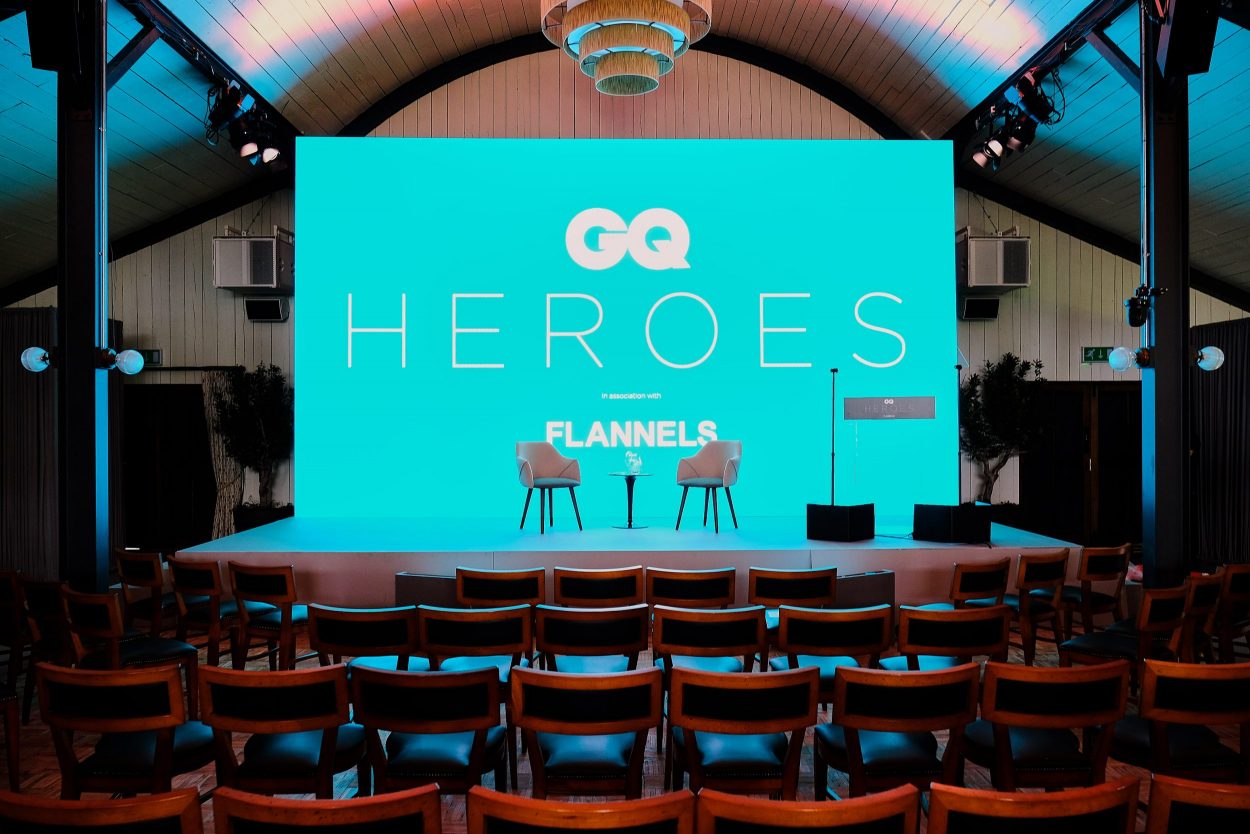
NON-TRADITIONAL VENUES
Attendees are getting bored of traditional event venues such as clubs or standard hotels. 92% of planners and property professionals commented they believe events are more likely to be booked outside of a hotel than they were five years ago.
93% of venues also believe that it’s on them to be partners in creating the event experience at least some of the time. Venues that are true partners to planners are poised to see success in this year and beyond. Studies have shown that when venues have an active hand in helping events meet their objectives, this becomes the ultimate differentiator in gaining positive reviews, repeat business and word-of-mouth referrals.
Some examples of venues that are becoming more popular for hosting events include warehouses, barns, gardens, museums, art galleries, and co-working spaces. For instance, the GQ Heroes conference was held at Soho Farmhouse in Oxfordshire last year and will be returning to the venue in 2020. Timebased have also previously produced events at cultural institutions such as the Tate Modern, Battersea Power Station and the Royal Opera House. These prestigious places are steeped in culture and history, which means that holding an event here will help to position your brand as a cultural innovator.
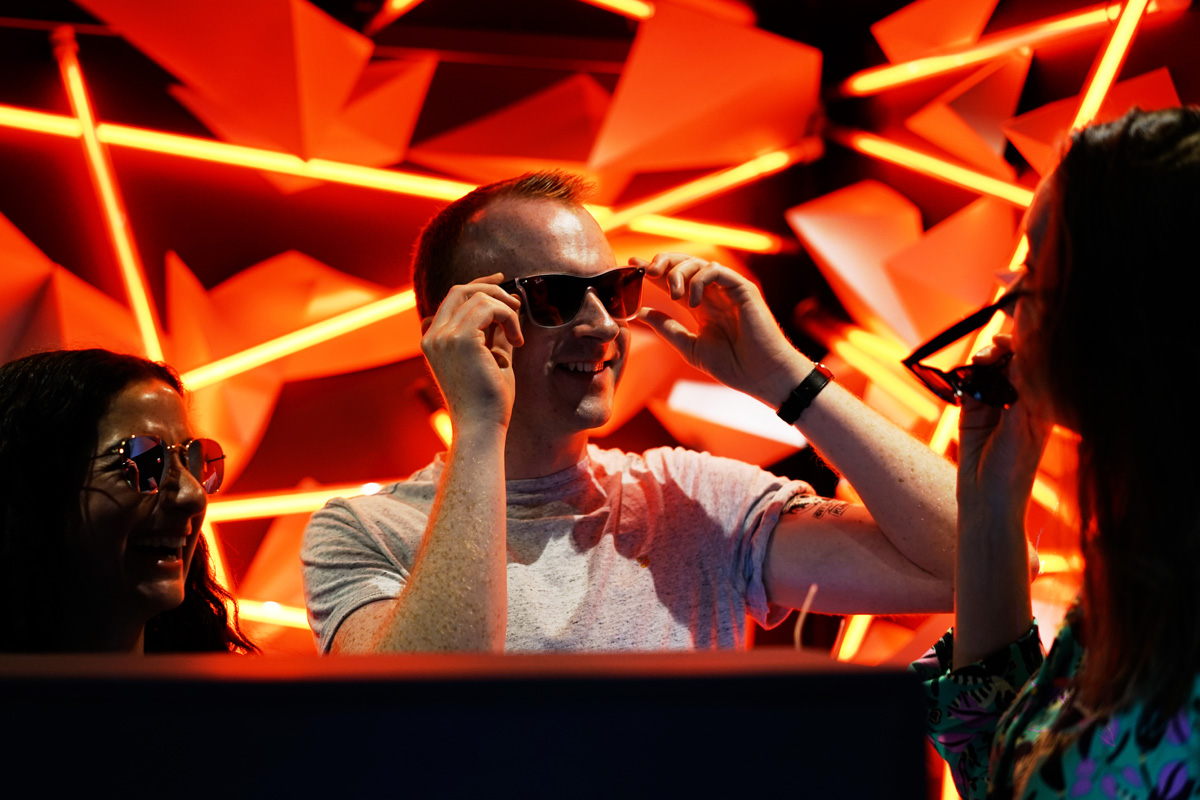
FESTIVALISATION
It would seem that the disasters of Fyre Festival have not scared brands or event organisers too much. Festivals are rising in popularity, the usuals are going strong but there’s also an influx of new and niche festivals popping up across the world. Even the lines between corporate events and consumer festivals are blurring. Forbes’ Under 30 Summit — a gathering of 7,000 30-and-under entrepreneurs — hosts an actual music festival as part of the event. Attendees can network while enjoying live music acts from Marshmello and Wiz Khalifa.
More and more brands are looking at collaborating with music festivals in a bid to gain wider publicity with their target demographic. For example Timebased created two pop-ups for Ray-Ban at London’s All Point East festival for two years in a row in order to highlight the eyewear brand’s inextricable connections to the music scene.
Even if you’re not able to provide a full-blown festival experience, adding small live performances to the agenda can still go a long way in engaging attendees.
Holograms are a great way to bring a celebrity virtual presence or wild characters to life
USE TECH TO ENGAGE AND AWE THE AUDIENCE IN NEW WAYS
Engagement and interactivity is a top priority for events across all industries. 60-70% of the features most commonly used across the industries were engagement-focussed.
Event apps are a good way to keep your guests engaged, both in the lead-up to and during the event. The app could feature the event programme, seating plans, competitions and event gamification, photograph filters and more. Polling is often proven to be one of the most popular features. It is an easy, interactive way for attendees to remain attentive during sessions and share their thoughts and opinions in anonymity.
Nowadays there’s a wealth of event tech that can be used to build incredible displays and increase levels of interactivity, including 3D projection mapping, facial recognition, live streaming, AR / VR, EPosters, AI matchmaking, wearables and an extensive array of cool GIF and video booths.
Other types of tech can be used to create show-stopping performances — holograms are a great way to bring a celebrity virtual presence or wild characters to life. Artists like The Gorillaz and Madonna have previously wowed audiences with holograms on stage, and at the GQ Men of the Year Awards in 2018, a surprise hologram of Ralph Lauren appeared in order to present an award.
Make sure that your guests are also always able to keep their own tech switched on so they can share their event experience — incorporate charging stations or stylish benches with built-in charging ports into your event design.
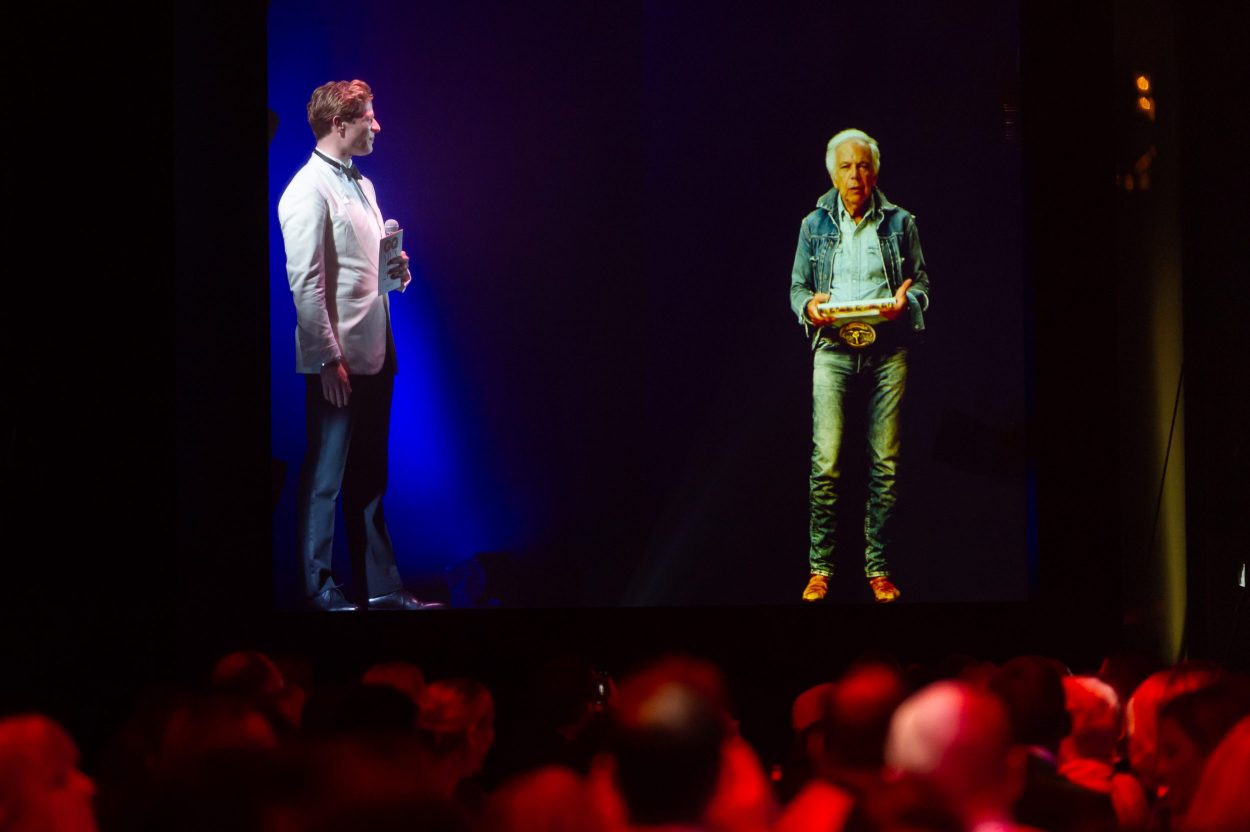

RFID TECH WILL HELP CAPTURE ATTENDEE DATA
Of all the event tech trends for 2020, advanced RFID technology is probably one of the most exciting for marketers. 79% of consumers stated that they are only likely to engage with an offer if it has been personalised to reflect their previous interactions with the brand. With new data available, marketers will be able to personalise and craft more effective communications based on specific attendee interests or activities. This aligns with another trend whereby guests want to have some input into what they do at an event, be it through personalisation or having multiple talks and workshops that they can choose from.
Planners can look for patterns in data gathered from RFID tech to develop precise and tailored personas. Mapping content, food, activities and so on down to these personas will allow planners to get as close as they can to tailoring events for an individual from start to finish.
USE EVENTS TO LEAVE A LEGACY
Lastly, it’s vital that you don’t just produce one event, and then leave it to a distant memory. Think about what you want to build, what makes you memorable? These days people are used to constantly consuming content, and so your event can’t be a one-hit wonder.
A series of events will help to make an ongoing mark and build a community of brand followers. House of Vans have done an excellent job of building their brand reputation in the last few years by creating frequent music and art events for the public to enjoy. You can also add longevity to your event by immortalising the experience via a digital 3D virtual map of the event site, with links to products and press features — as shown with this M&S Press show at One Marylebone.
Want advice on how to craft your next event in 2020? Get in touch with the Timebased team
Link copied